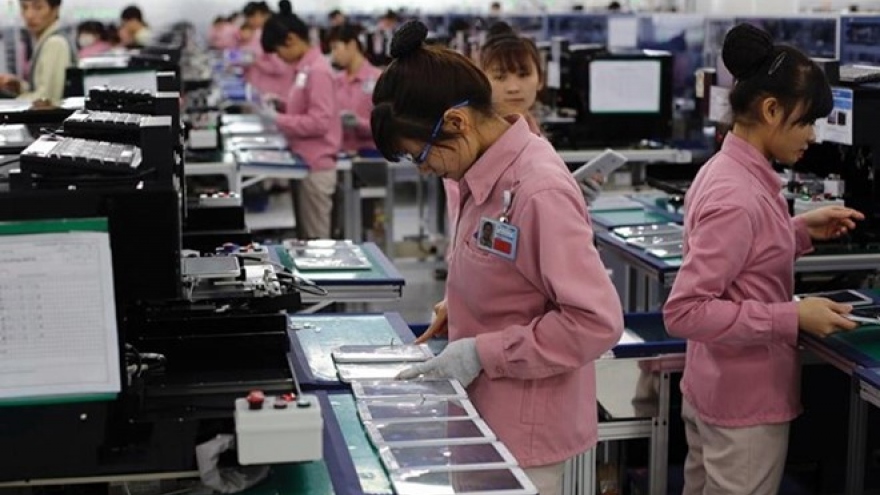Vietnam targets sustainable trade deficit reduction with China
Reducing trade deficit with China to progress to trade balance from the market shape one of the major policies and key activities of the Ministry of Industry and Trade (MoIT), an official has said.
Vietnam’s trade deficit with China fell by 13.3% to US$19 billion in the first eight months of 2016, ending the rising trade deficit faced from 2001, according to the General Statistics Office (GSO).
 |
He noted that Vietnam’s participation at the recent China-ASEAN Expo (CAEXPO) 2016 held in Nanning city aims to seek wider presence for Vietnamese products in the market.
Despites difficulties from the beginning of this year, Vietnam exported US$12.6 billion worth of goods to China, a year-on-year rise of 15%, he said, adding that Vietnam is mainly importing machinery, equipment, and materials from China.
In the long run, the MoIT will actively develop the support industry and strictly control the import of products that are locally available and those that are unsafe, he confirmed.




